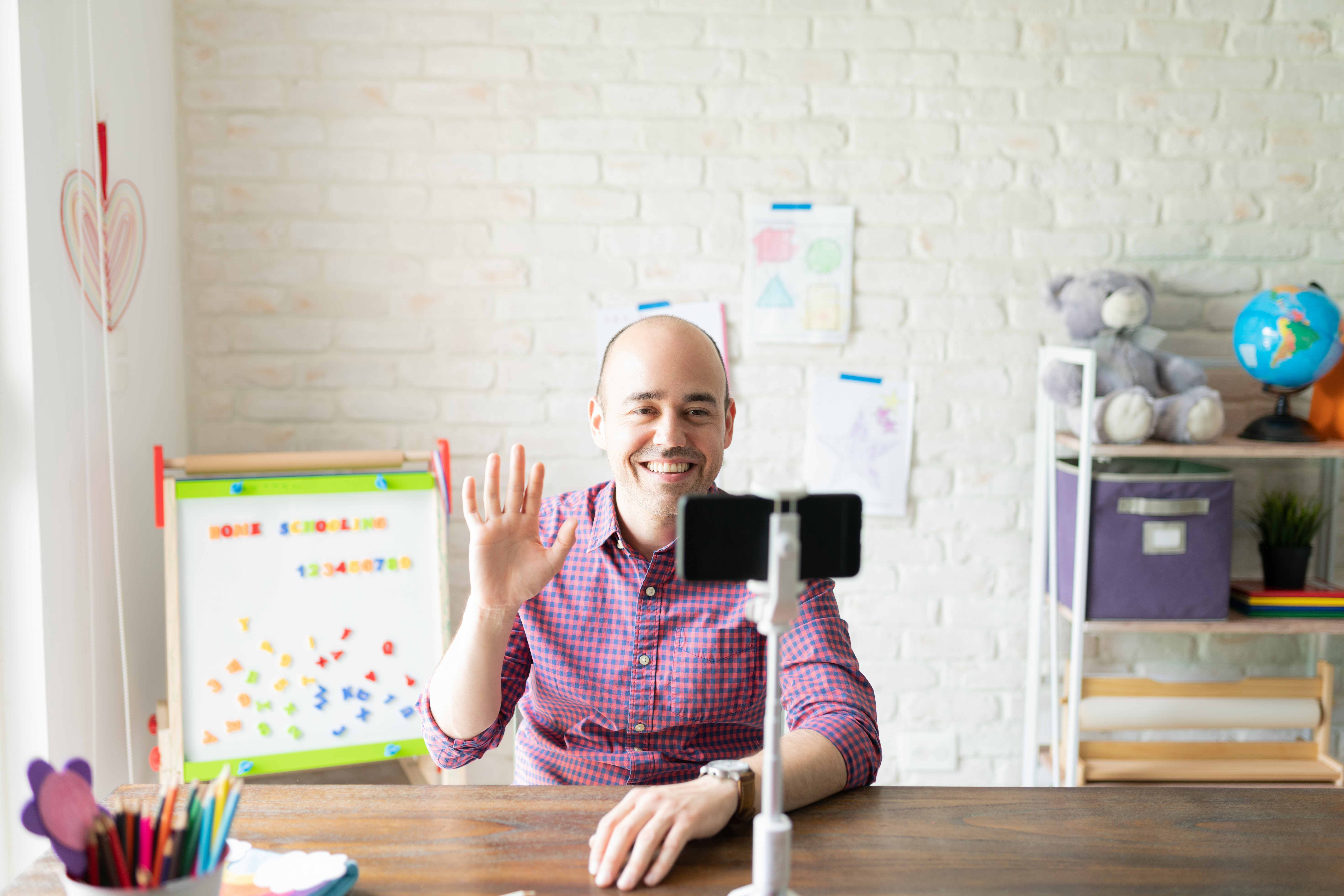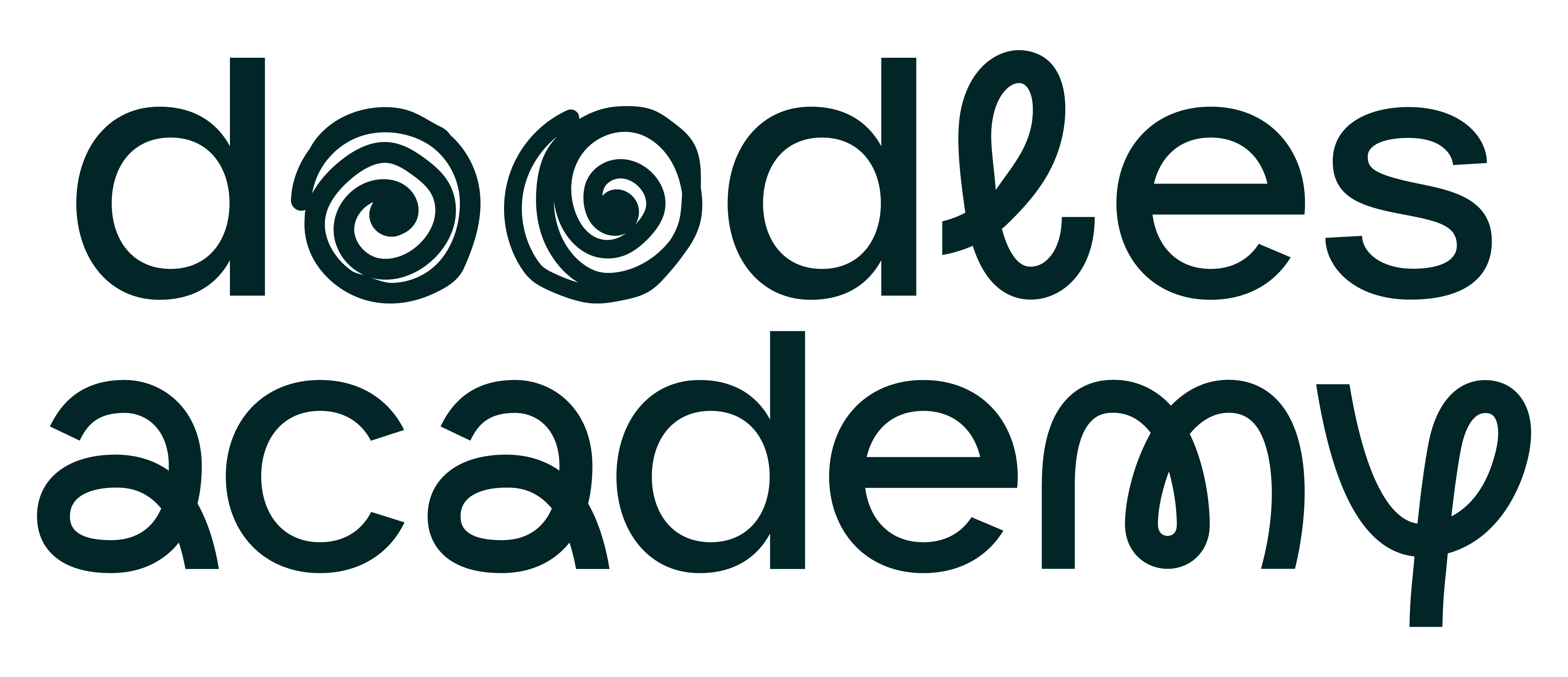Why Go Back To Normal?
September, 2021
By Tempest NeuCollins

<ORIGINAL POST APPEARED IN THE FALL 2021 NYSATA NEWS>
For educators, the pandemic ripped the lid off of many carefully-closed boxes, and one of those was the formality of the student-teacher relationship. Through virtual schooling teachers became witness to home environments and family dynamics at an unprecedented level, affording deeper glimpses into their students’ emotional landscapes.
That’s a lid that can’t be put back on. As we return to in-school classes, and the world begins to speak of returning to “normal,” what can we do with this new information, these new insights? And how can we help our students, and ourselves, begin processing all the stress, fear, and confusion we have been, and are still, dealing with?
The first step, I think, is to embrace and celebrate the fact that we are not returning to “normal.” The truth is that we can’t go back to the way things used to be. Too much has happened. As educators and humans we’ve simply experienced too much stress, solitude, deep uncertainty, and instability. And so have our students.
But then again, do we really want to go back to how things used to be?
Arundhati Roy, author of “The Pandemic Is a Portal,” [1] suggests , “Nothing could be worse than a return to normality. Historically, pandemics have forced humans to break with the past and imagine their world anew. This one is no different. It is a portal, a gateway between one world and the next.”
So as we enter this new school year and consider this new world, the question is:
How can we imagine art education anew?
Offering Art as a Connective Tissue
Pre-pandemic, there were a few subtle but exciting shifts away from classroom teachers using isolated teaching strategies geared toward test assessment-based results. These shifts were toward more inclusive, holistic pedagogies.
One such shift is the rise of project-based learning, where students are fully immersed in a given subject area, not just taught a bare recitation of facts to memorize without context. And the writings of Gholdy Muhammad and Natalie Wexler both encourage ELA teachers to help their students develop a deep and comprehensive knowledge of the world around them by connecting class topics to a variety of subject areas, again providing context rather than teaching a single topic in isolation.
These shifts represent exciting opportunities for art educators to connect what they are teaching to their wider school community. It’s art, after all, that offers the opportunity to build knowledge and understanding, foster personal connection, and unpack the historical context of every subject our young students are taught.
The move toward a more holistic curriculum and away from isolated teaching strategies has also fostered a growing awareness of the complex nature of learning. This in turn is giving rise to curriculum and instruction that are more intentionally diverse, inclusive, and culturally relevant. Again, it’s art that can truly unite this type of school curricula, at all age levels, by making other cultures, people, and their diverse ideas visible.
Moving forward into the new year, there is increased discussion and demand for curricula incorporating Social Emotional Learning (SEL). And, I believe, yet again, it’s art that will help us navigate our way into the next new normal.
I envision a new world where art is not taught in a silo but rather is used as the vital connective tissue needed to support children as they develop not just into “college- and career-ready” students but as creative, resilient, empathetic, and compassionate adults.
Struggle and opportunity in the era of pandemic education
After years as an art educator in Brooklyn, I stepped down in 2015 to found a non-profit called Doodles Academy. Our goal is to effect positive change through curriculum. With a continued focus on authentic student expression, we design projects that amplify a diverse set of artists and viewpoints, and approach complex cross-curricular and inter-connected topics through the lens of visual arts.
We watched with great concern as art educators struggled through the beginning of the pandemic, trying to teach while dealing with inconsistent support, supplies, and stability. And doing their best to support students facing the unprecedented and challenging collision of school and home life. All while living with the stress of a global pandemic.
In response, we began, and continue, a project series called “Outside the Lines”. Each part of this series starts with a question relevant to this moment in time and its particular needs (not least those of the teachers and students living through it). It then builds an entire visual art unit filled with projects and learning supports to dive deeper into that question and its answers. As curriculum developers, this landscape was new, and we were learning as we went. We were constantly polling and interviewing our teachers to find out what they needed, and in response to their needs, we found ourselves frequently leaning on and referencing SEL frameworks to inform our project design.
For example, our unit “The Introspective Artist” is built around the question “How can we use art to better understand ourselves and our unique experiences?” In it, we provide opportunities to develop the SEL competencies of self & social awareness, then placing what students learn and explore into a wider historical context:
Self-Awareness:
The unit begins with introducing visual journaling, practice focused on self-exploration and self-expression that is relatively easy to incorporate whether you are teaching virtual, distanced, in-person, or some combination of the three. We include suggestions on how to set up a journaling practice with students, but the most important part is consistently creating opportunities for students to journal, as well as giving them privacy. Sharing can be a valuable extension that promotes social awareness, but never at the cost of pressured participation. These starter prompts are meant to be done with whatever materials are on hand and which appeal to the student.
Social Awareness:
We wanted to connect this growing self-awareness to a wider social awareness. So we launched the next part by suggesting that students get in pairs (again, this can be done virtually or in person) and repeatedly ask each other “Who are you?” Students have to give different and varied answers for 60 seconds. The result – a fairly deep dive into what each student considers the framework of their identity.
We then reference contemporary artists who explore ideas of identity (self and others), such Wangechi Mutu, who uses collage, and Gabriel García Román, who is a photographer who incorporates the subject’s writing. We use those as starting points for students to explore some more traditional visual journaling techniques. For example, after the ‘Who are you?’ exercise and looking at the artists, students are well prepped to create a ‘Who am I?’ collage using found materials.
Context:
In the end, we wanted students to authentically apply their new skills – emotional as well as art skills – to understand what they’d been learning in class in a wider social context. So we looked to history, sharing examples of journals that kept through other historic moments in time – Anne Frank, for example – and now revered for the chances they give us to witness personal and humane perspectives of a particular eras and events.
Given that we were and are living through our own historic moment, students are given a challenge – to describe their experience of the last year on a journal page. We included some parameters that connected to the exercises we had done previously (for example, the inclusion of more than one material). But importantly, once the journal pages were complete, they were to be bound into a single journal, visually representing the multitude of ways we have collectively experienced this singular moment in time.
This approach – creating projects that 1) support self-awareness and identity, 2) enhance social awareness and a sense of responsibility and 3) offer an historical framework for our experiences should become essential aspects of all art education moving forward. These skills, which art is uniquely positioned to support, are tools that will serve our students not only as they navigate the complexities of this next school year, but also the rest of their lives. Ultimately this is the gift we aim to give our students – the ability to live life well.
The collaborative nature of art, and this project specifically, strengthens another core SEL pillar, relationship skills. Processing their experiences and emotions on their own builds students confidence, and working and sharing with fellow students builds communication, listening, cooperation, and other essential abilities. Just as importantly, it helps students connect to each other. And connection is something we’ve all been craving.
Imagining the world anew
While this era has been incredibly difficult on a personal and professional level for so many educators, it hasn’t been without its positives. Yes, we’ve struggled to adapt our lessons to a virtual environment, and yes, we’ve done so while dealing with deep fear and uncertainty. We’ve had to help our students grapple with the challenges of working from home while doing the very same thing ourselves.
But that breakdown of formality and hierarchy between teacher and student is perhaps the biggest blessing of the pandemic. Students and teachers had the chance to see each other in their living rooms and in their sweatpants, so to speak. And that can’t be unseen. Nor should it be. We became human to each other.
As we return to in-person schooling, students and teachers alike are emerging from a wealth of intense experiences, and we should not attempt to “return to normal.” Now more than ever we need every tool available to not only help our students deal with the inevitable emotional and psychological fallout of pandemic living, but also strengthen our abilities as educators, taking what we’ve learned from teaching during this difficult time and building a stronger, more holistic school environment. Above all let us embrace a new way of teaching, one that values each student as a whole person, each person as part of a larger community, and uses art to make these connections – cross-curricularly, socially and emotionally.
Footnotes:
[1] A sample from Roy’s book can be found on the Rethinking Schools website, a publisher dedicated to Social justice teaching and education activism

About Tempest NeuCollins
Founder, Doodles Academy
Tempest NeuCollins has an MFA in studio arts from the School of Visual Arts. After receiving her degree she spent years working as a teaching artist in NYC, then transitioned into teaching art full time at a K-5 school (also in NYC). In 2015 she founded, and currently runs, Doodles Academy which empowers educators to bring a high-quality art curriculum into their classroom, regardless of their background in the arts.
Her philosophy in teaching embraces the individual child, their ideas, experiences, and interests. She teaches skills and structures projects, but always designs projects so that students can adapt them and make them their own. Thus, even when working off of the same lesson students will come away with completely unique works of art.
